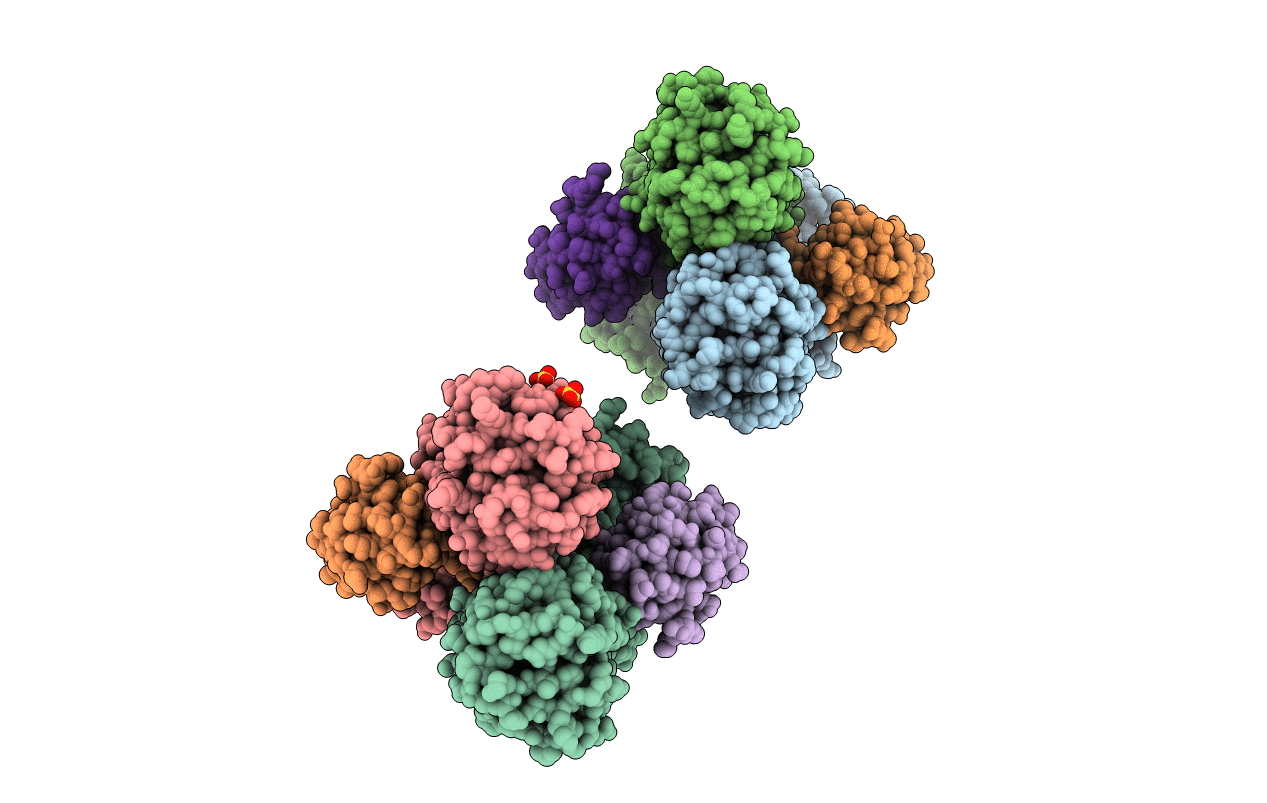
Deposition Date
2003-12-27
Release Date
2004-10-12
Last Version Date
2024-10-30
Entry Detail
PDB ID:
1RZR
Keywords:
Title:
crystal structure of transcriptional regulator-phosphoprotein-DNA complex
Biological Source:
Source Organism:
Bacillus megaterium (Taxon ID: 1404)
Host Organism:
Method Details:
Experimental Method:
Resolution:
2.80 Å
R-Value Free:
0.28
R-Value Work:
0.24
R-Value Observed:
0.24
Space Group:
P 1 21 1


